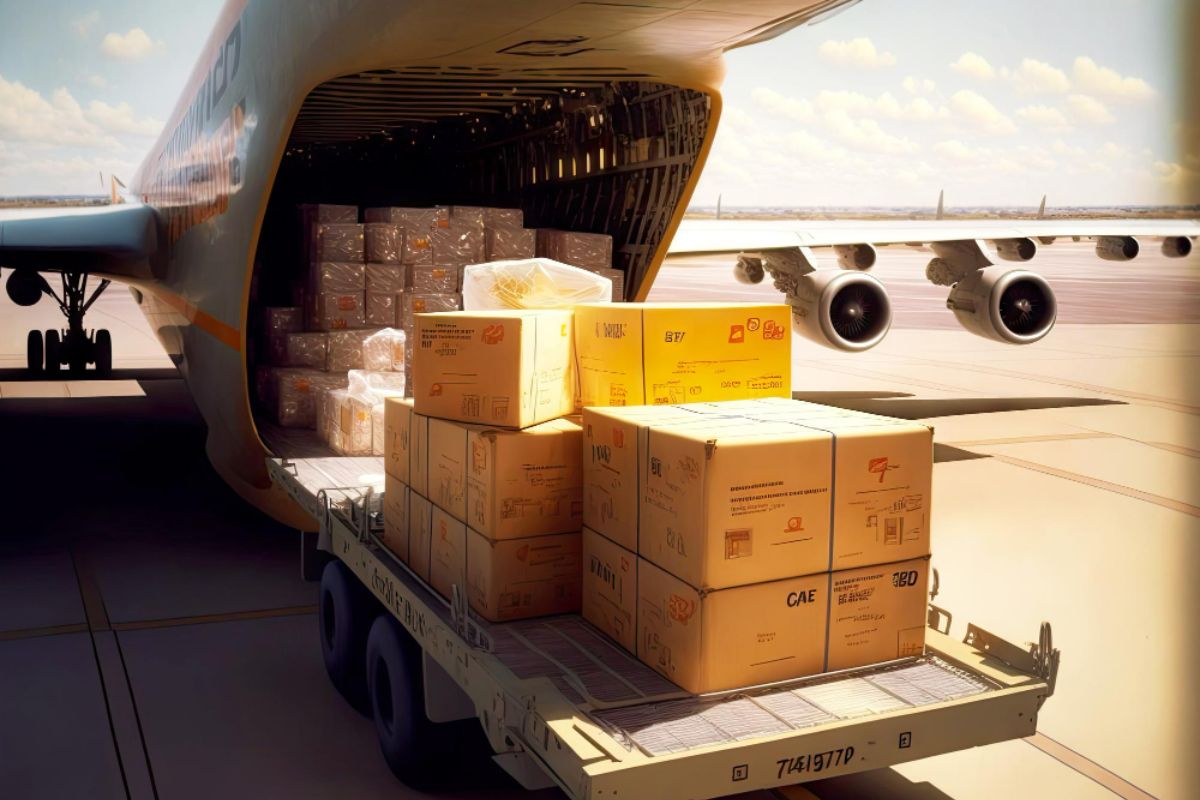Rates of Air Freight Services in the Philippines
What are the factors that affect the rates of air freight service in the Philippines?
- Origin and destination
- Weight and dimensions of your shipment
- Type of cargo
- Desired transit time
- Chosen air freight forwarder
Overview
- The type of cargo significantly influences air freight rates in the Philippines due to its impact on handling requirements, regulatory compliance, and space utilization.
- Longer distances typically incur higher transportation costs due to increased fuel consumption and operational expenses.
- Heavier shipments incur higher costs as they require more fuel for transportation.
With so much potential on the horizon, exploring the current rates of air freight services in the Philippines can provide valuable insights into the changing landscape of this pivotal sector. Read on to learn more.
Origin and Destination
The distance between locations impacts fuel consumption, aircraft availability, and operational costs. For instance, the greater the distance is, the higher the fuel costs involved, which leads to higher freight rates.
Since China is geographically closer to the Philippines compared to Europe and the U.S.A., it generally offers lower base rates due to shorter flight times and less fuel consumption.
Understanding these dynamics is important for optimizing cost-effective air freight solutions in the country.
Weight and Dimensions of Your Shipment

The weight and dimensions of your shipment impact the rate due to the allocation of space, aircraft, capacity, and handling requirements.
Airlines often use weight-based pricing models, where heavier shipments are charged more per kilogram. For instance, bulky or oversized shipments occupy more space. This reflects the additional strain on aircraft and the increased operational expenses associated with heavier loads.
They may also need special handling equipment, additional manpower, or customized packaging to ensure safe transport. These can have extra costs, which are passed on to the shipper through higher freight rates.
Type of Cargo
Various characteristics of the cargo directly impact the cost of transportation due to their effects on space utilization, handling requirements, and regulatory considerations.
Perishable goods, such as fresh produce or pharmaceuticals, often necessitate specialized handling and expedited transportation to maintain their quality and integrity. As a result, airlines may charge higher rates for these time-sensitive shipments to cover the additional handling and storage costs.
Similarly, hazardous materials require strict adherence to safety regulations and may incur surcharges for their transportation by air. The complexity of handling these increases the operational costs for airlines and may result in higher freight rates.
On the other hand, non-perishable goods that are lightweight and compact can be more cost-effective to transport by air, as they occupy minimal space and allow for efficient cargo consolidation.
Desired Transit Time

Expedited or time-sensitive shipments usually have higher rates due to the premium placed on fast and reliable transportation. For example, a same-day or next-day delivery service for urgent medical supplies of high-value electronics may have significantly higher rates compared to standard delivery options with longer transit lines.
On the other hand, regular shipments with flexible or longer transit times may qualify for discounted rates as they allow airlines to optimize cargo consolidation.
Bulk shipments of non-perishable goods or raw materials destined for manufacturing plants may be eligible for economy or deferred shipping services.
Chosen Air Freight Forwarder
The proficiency and reliability of the chosen air freight forwarder significantly impact the rates due to several interconnected reasons.
Experienced forwarders possess established networks and partnerships with airlines, allowing them to negotiate competitive rates and secure preferential treatment. They are adept in navigating customs regulations and documentation requirements for an easy process, minimizing delays and associated expenses.
Additionally, they can also optimize cargo consolidation, maximize space utilization, and reduce per-unit transportation costs.
CargoBoss emerges as a standout option for air freight forwarding in the Philippines. We have a wide network of carriers and agents. and a wealth of industry expertise. We ensure efficient, reliable, and cost-effective air freight solutions tailored to your needs.
Key Takeaway
These factors affect the rates of air freight services in the Philippines, highlighting the vital importance of selecting a reliable and experienced air freight forwarder. This impacts the rates due to factors such as established networks with carriers and agents, negotiation abilities for competitive rates, expertise in navigating customs regulations and optimizing cargo consolidation.
Selecting a reputable forwarder like CargoBoss can ensure efficient air freight solutions tailored to requirements, providing value-driven results and a seamless logistics experience.
Ready to take your business to new heights? Contact us today for a seamless air freight solution.
